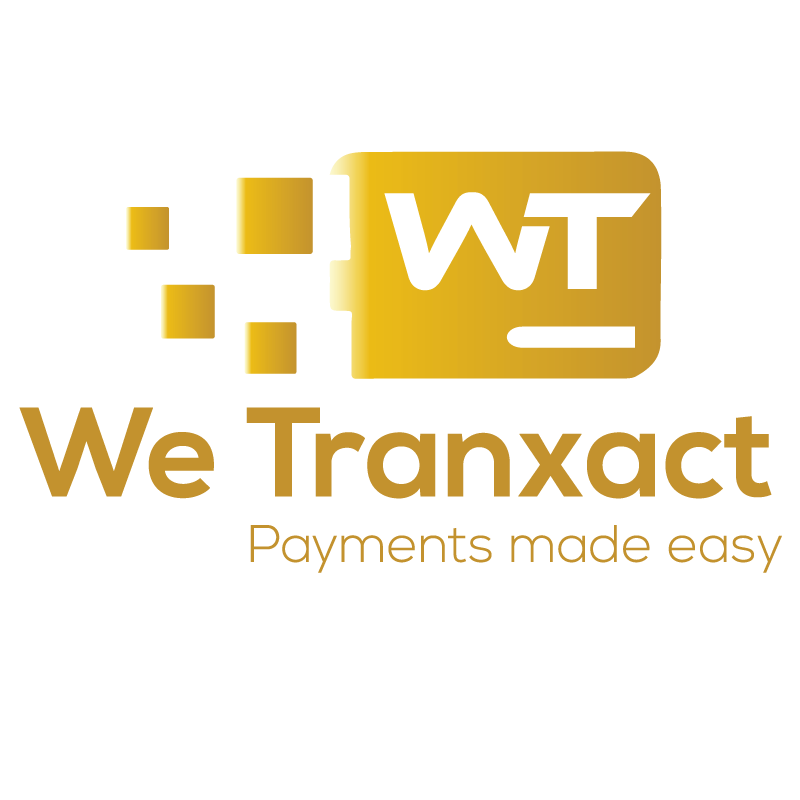Understanding Cross-Border Transaction Fees and How to Minimize Them
Step right up, ladies and gents, gather ’round as we embark on a wild adventure into the mysterious realm of cross-border transaction fees! Oh, yes, my friends, get ready to unravel the enigma behind those sneaky charges that seem to magically appear whenever we venture beyond our national borders. So, if you’ve ever found yourself puzzled by these bewildering fees and wondered how to dodge their clutches, you’re in for a treat. Join us as we dive headfirst into the fantastical world of understanding cross-border transaction fees and discover the secrets to minimizing them. Grab your sense of wanderlust and let’s unlock the mystery together!
Understanding the Ins and Outs of Cross-Border Transaction Fees
Cross-border transaction fees can be a nightmare for anyone who frequently engages in international commerce. From unexpected charges to hidden fees, it’s crucial to understand the ins and outs of these costs to avoid unnecessary financial burdens. Luckily, there are strategies you can employ to minimize these fees and keep your hard-earned money where it belongs – in your pocket!One effective way to reduce cross-border transaction fees is to choose the right payment method. Opting for online payment platforms or e-wallets like PayPal can often be more cost-effective than traditional methods such as wire transfers or credit cards. These platforms usually offer competitive exchange rates and lower transaction fees. Additionally, they may provide buyer and seller protection, adding an extra layer of security to your transactions. Make sure to compare the fees and features of different payment options before making a decision.
Another key factor in mitigating cross-border transaction fees is currency conversion. When dealing with multiple currencies, banks and financial institutions often charge hefty fees for currency conversion. To minimize these expenses, consider using a multi-currency account or a foreign exchange service. These services allow you to hold and manage funds in various currencies, reducing the need for frequent conversions and saving you money in the process. It’s important to be aware of any minimum balance requirements or fees associated with these accounts, so be sure to do your research and choose one that fits your needs. Remember, every penny saved on cross-border transaction fees is a penny that can be reinvested in your business or put towards your personal goals. So take the time to understand these fees and explore strategies to minimize them – your bank account will thank you!
Delving into the World of Hidden Charges: Revealing the Secrets of Cross-Border Transactions
Do you frequently make cross-border transactions? If so, you may have encountered the frustrations of hidden charges. It’s essential to understand the various fees associated with cross-border transactions to avoid unexpected surprises and minimize unnecessary costs. In this post, we will delve into the world of hidden charges and reveal the secrets of cross-border transactions.
One of the most common hidden charges in cross-border transactions is foreign transaction fees. These fees are typically charged by your credit card company or bank and can vary significantly. To minimize these fees, consider using a credit card that doesn’t charge foreign transaction fees or utilize online payment platforms like PayPal that may offer lower fees for international transactions.

A Savvy Shopper’s Guide: Clever Strategies to Trim Cross-Border Transaction Expenses
When it comes to making cross-border transactions, understanding the fees involved is crucial for any savvy shopper. Not only can these fees quickly add up, but they can also eat into your overall savings. In this post, we’ll take a closer look at the various fees associated with cross-border transactions and provide you with clever strategies to minimize them.
One of the most common fees you may encounter is the currency conversion fee. This fee is charged when your transaction involves converting one currency into another. To minimize currency conversion fees, consider using a multi-currency account or a digital wallet that offers competitive exchange rates. Additionally, keeping an eye on exchange rate fluctuations and timing your transactions accordingly can help you save even more.
| Fee | Description | Minimizing Strategies |
|---|---|---|
| Wire Transfer Fee | Charged by banks for transferring funds across borders. | Consider using alternative payment methods like Transferwise or PayPal. |
| Foreign Transaction Fee | Charged by credit card companies for purchases made in a foreign currency. | Look for credit cards that offer no foreign transaction fees. |
| Customs Duties and Taxes | Fees imposed by customs for importing goods into a country. | Research each country’s customs regulations and take advantage of duty-free exemptions. |
Other fees you might encounter include wire transfer fees, foreign transaction fees, and customs duties and taxes. These fees can vary depending on the payment method and destination country, so it’s important to be aware of them before making a transaction. By researching alternatives, such as using online payment platforms or credit cards with no foreign transaction fees, you can significantly reduce these expenses. Additionally, familiarizing yourself with each country’s customs regulations and taking advantage of duty-free exemptions can help you avoid or minimize customs-related fees. By implementing these clever strategies, you’ll be well on your way to trimming cross-border transaction expenses and making the most out of your international shopping adventures.

Sailing Smooth Seas: Practical Tips for Minimizing Cross-Border Transaction Fees
When conducting cross-border transactions, it’s important to understand the various fees that can be incurred. These fees can quickly add up and eat into your profits if you’re not careful. Luckily, there are practical tips you can follow to minimize these pesky fees and sail smoothly through your transactions.
1. Choose the right payment method: Different payment methods come with different transaction fees. Research and compare the fees associated with each method before deciding on the most cost-effective option.
2. Utilize currency exchange services: Many banks and financial institutions offer competitive rates for currency exchange. By taking advantage of these services, you can avoid the high fees charged by some online marketplaces.
3. Beware of hidden conversion fees: Some payment processors and credit card companies offer the convenience of converting currencies for you during transactions. However, they often charge high conversion fees. Instead, consider opting for a card that allows you to pay in the local currency to avoid these hidden fees.
4. Consolidate your transactions: If possible, try to consolidate multiple smaller transactions into one larger transaction. This can help you reduce the number of fees you pay, as many fees are charged per transaction.
| Payment Method | Transaction Fee |
|---|---|
| PayPal | 2.9% + $0.30 |
| Bank Transfer | $25 – $50 |
| Cryptocurrency | Varies |
By following these practical tips, you can minimize cross-border transaction fees and ensure that your hard-earned money stays where it belongs – in your pocket. Smooth sailing awaits!
In Conclusion
And that’s a wrap, folks! Now that you’re armed with the knowledge of cross-border transaction fees and how to outsmart them, no sneaky charges can ever catch you off guard again. It’s time to bid adieu to those wallet-walloping fees and say hello to savvy savings!Remember, when it comes to international transactions, forewarned is forearmed. With a little bit of know-how and some clever tricks up your sleeve, you’ll be saving those hard-earned bucks like a pro.
So, next time you’re jet-setting across the globe or making an online purchase from another continent, don’t let those fees have the last laugh. Take charge, explore your options, and choose the right payment method to suit your needs.
Whether it’s using a digital wallet, finding a currency exchange service, or opting for local currency, you now possess the wisdom to make informed decisions. Say goodbye to unnecessary charges and bonjour to a financially free future!
Now, go forth and share your newfound wisdom with friends and family. Let them in on the secret to keeping their money where it belongs – their wallets! After all, saving money is a team effort, and we’re all in this game together.
So wave goodbye to those pesky cross-border transaction fees and confidently forge ahead in your global financial adventures. Cheers to saving money, savvy spending, and a life where fees never stand in the way of your dreams. The world is yours to conquer, fee-free!




